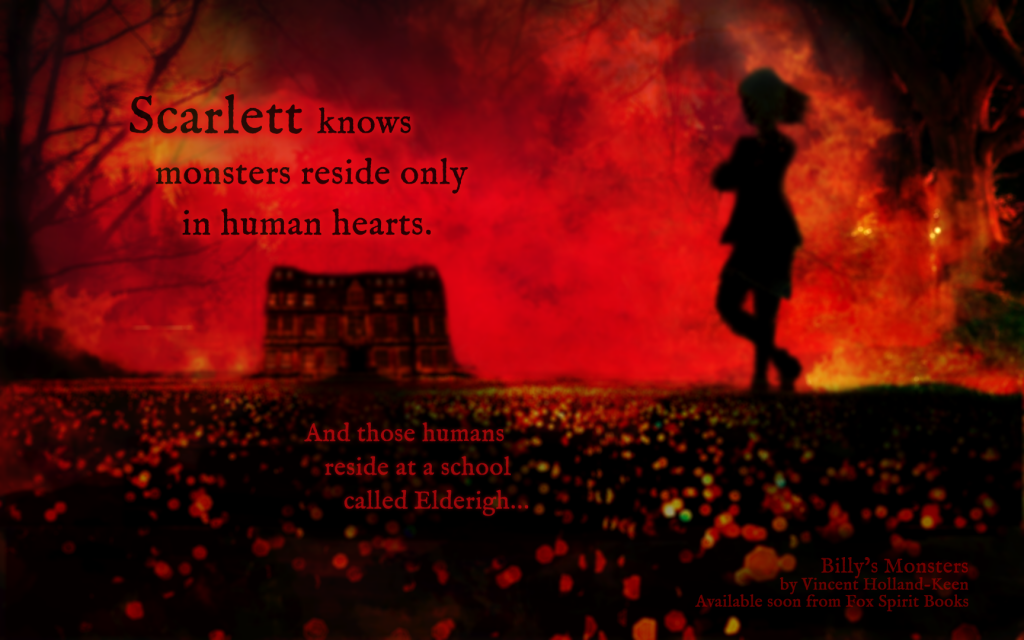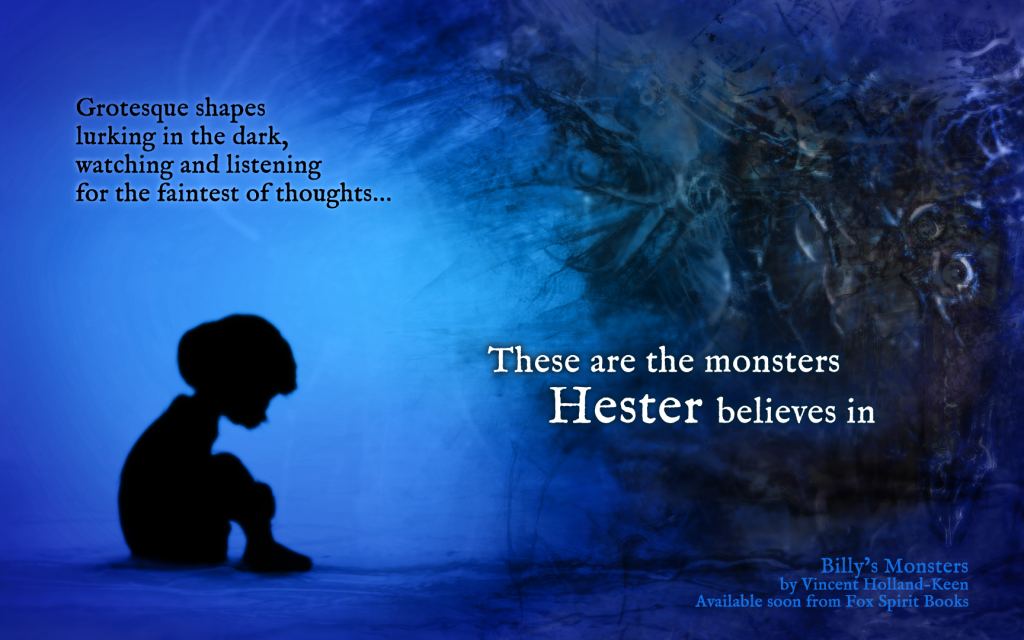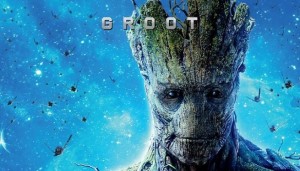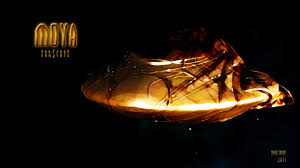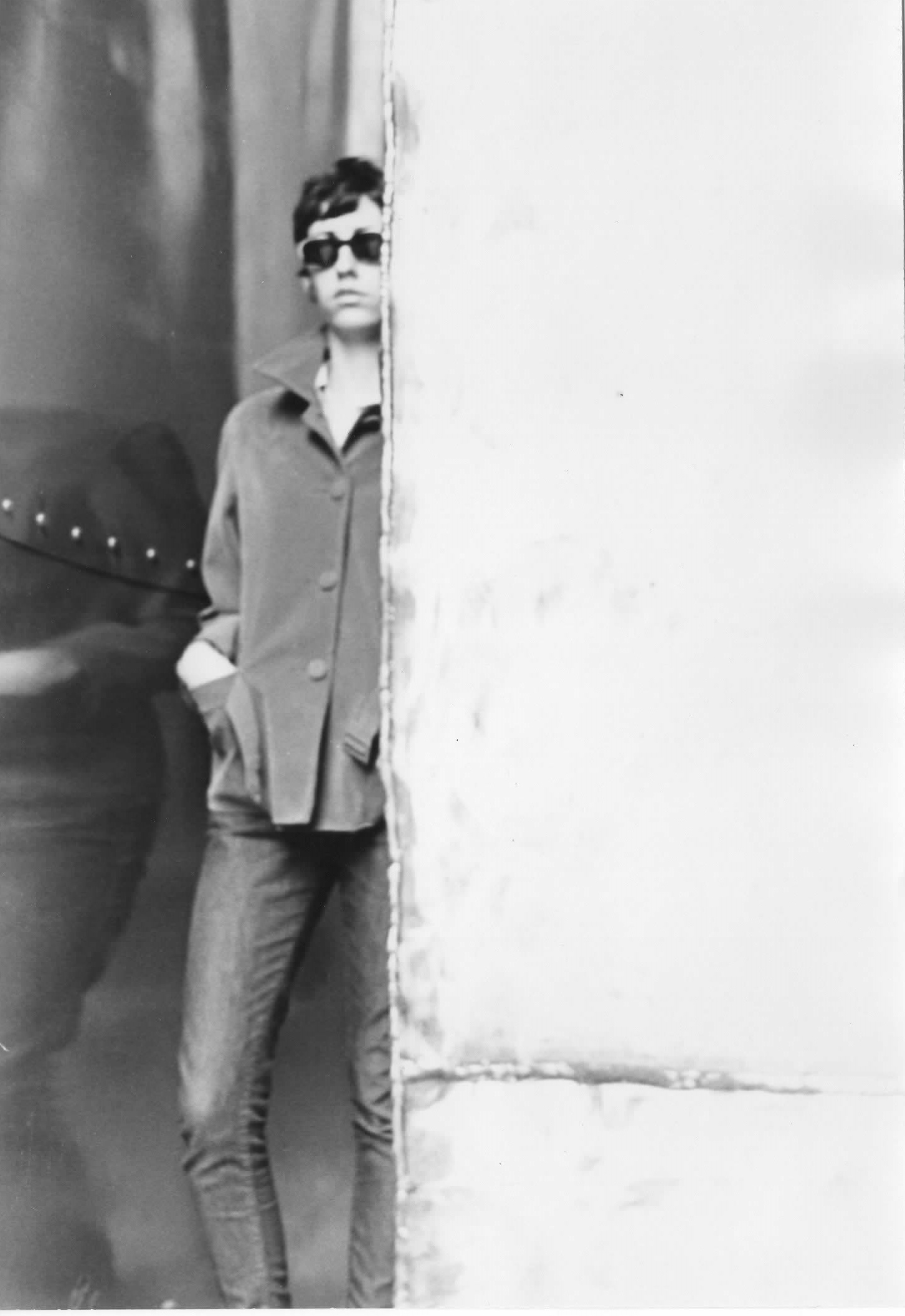Drag Noir: Chloë Yates

Kiki and Me
Chloë Yates
One night in the dim and distant long ago, I was working the graveyard shift at that notorious punk drag dive, Axolotl Snot, on the grimy lower east bank of The City. The night outside was cold and inside the clientele wasn’t much warmer. One moment I was wiping down the ever-sticky bar for the hundredth time, the next I was slack jawed with awe as the infamous drag queen Kiki Le Shade sashayed into my world. She was a dame and she had balls. One look into those hypnotically glacial peepers and I was spellbound. She bent me to her will and I thanked her for every displaced vertebrae… At least that’s how I wish it had gone, but I’ve never worked in a bar and I’ve only ever admired drag queens from afar. I have, however, been in love with them since I was a kid.
Ideas of gender have always fascinated and appalled me. The way we step into the construct of gender identity at birth and then stick to it as though it’s all perfectly natural and right when it’s clearly absolute bollocks has plagued me my entire life. Arbitrary rules of behaviour and “deportment” (ugh) that depend upon whether or not you have a tallywackle or a witch’s cackle have never made the least bit of sense to me. I never understood why I was supposed to do this or that because I was a “girl” or why my friend couldn’t wear this or act like that because he was a “boy”. I just wanted to do the things I wanted to do because I wanted to do them. I believe that’s how everybody feels, deep down at least, but all too often life teaches us that stepping out from the baaing masses is fraught with castigation and derision – those wicked sharp whip licks of social control. Well, fuck, as they say, that shit.
The long and the short of it is I’m a fan of chutzpah, if you’ll allow me the indulgence. Bold, in-your-face, no apologies types are my number one poison, my idols and my role models, and who’s better at in-your-face than drag queens? Undoubtedly I have a romanticised view of them, but it certainly seems to me that drag queens make no apologies. More often than not it is their opportunity to act out, play up and throw their besequinned shit in the face of folks with wild abandon – and they seize it. Drag has never seemed like a mask to me. It is, rather, a medium for liberation. An excuse to be fearlessly bold, a ticket to kick the world in the tits while sticking your tongue out and wiggling your glitter-encrusted arse at it. That beautiful bright light of subversion being thrown so boldly in the face of a generally conservative world that pouts and frowns at “otherness” like we don’t all have secrets, fears, desires and frustrations that torment and thrill us, tickles me in all the best places.
Needless to say, I really wanted to write a story for Drag Noir but, after whacking my brain into inanimate object after inanimate object, I was stumped. Not because I couldn’t think of a million and one scenarios, but because I couldn’t think of the right one (some might argue I didn’t do that anyway but they can kiss my big fat bellend). Then I came across the song ‘Let’s Have a Kiki’ by Scissor Sisters. I can’t remember if it was on the telly or if someone posted it on Facebook, but it stuck in my head like only the most vicious of earworms are wont to do. It did the job though, one of those mental switch thingummies. I listened to that fucking song about eight million times while sitting in front of my screen and not once did my fingers stop typing. Kiki was pretty much born in one go, but she felt like she’d always been with me. First came the image of the faded drag queen, a shadow of her former self that long ago night at the Axolotl, sitting in a parking lot on one of those awful white plastic chairs, inches long ash clinging to a still blazing cigarette, lipstick smudged, wig askew. And I wondered what she was waiting for, because she was definitely waiting for something. Turns out, it wasn’t what I expected… which is just how I like it.
Click to buy!
Billy’s Monsters… Hester
Drag Noir: Paul D. Brazill
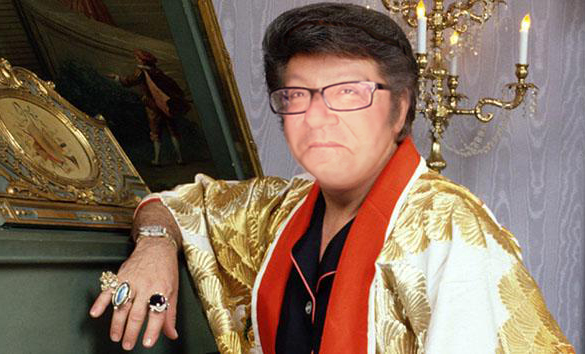
How I Wrote A Bit Of A Pickle for Drag Noir
Paul D. Brazill
It goes like this: A rainy night in Soho, thrown out of The French House and off to Ronnie Scott’s til dawn. Then a gypsy cab driven by an Islamic fundamentalist over to the East End and a dodgy pub near a meat market. Go for a slash on in an alleyway near Crucifix Lane and get lost just off Druid Street. Follow a group of old women into a pockmarked terraced house and realise that they’re having a séance. A tall Polish woman with a turban gives me a message from beyond. And that message becomes A Bit Of A Pickle.
Pick up Drag Noir today by clicking on the picture below and get your glad rags on.
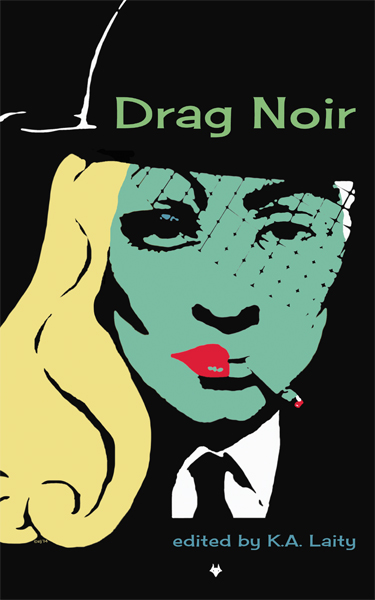
Things I Learned from Cult TV by Tom Everley
Pagans in Space
With the success of Guardians of the Galaxy, I can’t start a conversation, walk into a shop, or look on social media without hearing about someone’s fascination for everyone’s favourite tree, the lovable Groot. But it seems a little strange to me that it took an unlikely friendship with a machine gun wielding raccoon for us to notice the importance of nature.
Let me take you back around fifteen years: I was but a teenage boy, home from school. Homework done, I was finally allowed to watch TV. Most nights, I’d enjoy the animated antics of The Simpsons, but tonight something different was about to happen – something new. I was about to discover for the first time a show that would forever have a place in my heart: The crazy, dark, mind*%@^ of guns, aliens and puppetry that we all know as Farscape.
Now, you’re probably thinking, “But wait! I can see some of the similarities between Guardians and Farscape – the badass human on the other side of the universe, shooting stuff up, the evil empire keeping other races in check, the daring spaceship chases that made me more excited than I’m proud to admit. But Groot? Are you high?”
Well, bear with me. There is a Groot-like character in Farscape that a lot of people (unjustly) tend to forget about – Moya.
Moya isn’t just a ship; she’s a Leviathan, a living ship. And just like Rocket and Groot, the crew have a symbiotic dependency with her. We hear her scream in battle; we see Pilot double over in physical pain whenever they take a hit; we even see her give birth. I’ll agree, she didn’t any zingy one-liners, but I doubt we’ll be seeing the QE2 with a lifeboat in the oven any time soon (if you know what I mean)!
Farscape, in particular the relationship between Moya and Pilot, taught me an important lesson that I still carry with me. Just because we can’t hear what our environment is saying doesn’t mean it isn’t screaming out in pain. The show taught me that we need to respect our world around us, look after the planet and pay attention to nature. After all, is the Earth not simply our own living spaceship?
By now some of you will have either stopped reading or are rolling your eyes muttering, “Tsk! Bloody bleeding heart liberals! What, would they have us all worshipping moss like some filthy pagans?” Well, let me end with a question: How many times in the five years it was on TV would Farscape have had to include the line, “I am Moya!” before everyone started going all goo-goo eyed and squeeing, “Awww! It’s so cute!”
Double Trouble at the Fox Den
Double release day!
Today we are delighted to announce we have unleashed a mass of femme fatales on the unsuspecting public. Available now from Fox Spirit Books are two exciting volumes of high heels and deadly doings!
The third in our Noir series of anthologies edited by K.A.Laity is ‘Drag Noir‘ where the drag scene meets the seedy world of Chandler and Hammett, where glamour meets grit, where everyone wears a disguise.
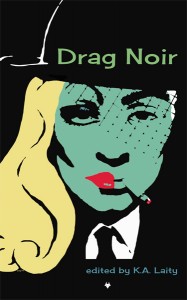
And from Alchemy Press editors Jan Edwards and Jenny Barber we are delighted to bring you ‘Wicked Women‘! Women who write their own rules, skate along the edge of the law and generally aim to misbehave.
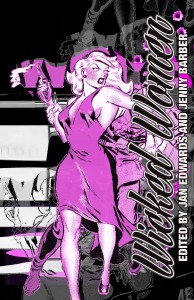
So join us for double trouble!
If you would like review copies or to interview the editors please contact adele@foxspirit.co.uk
Drag Noir: Redfern Jon Barrett
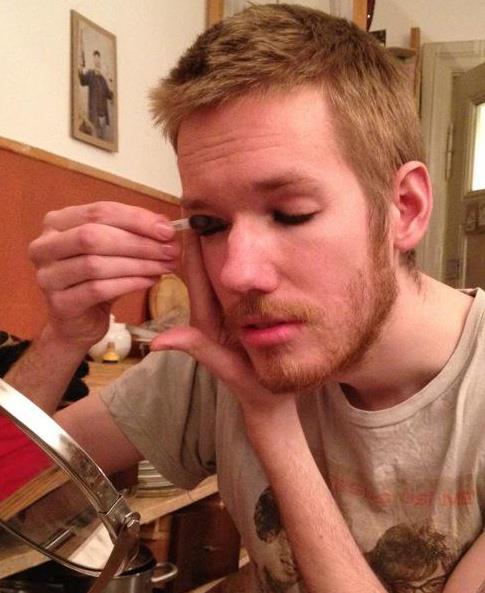 Disability as Drag
Disability as Drag
Redfern Jon Barrett
Regardless of the social progress made in recent years, our world is still not yet kind to the subversive: women who love women remain the target of stares and lewd comments; men who love men have blood which is considered unclean by the majority of the planet’s health authorities (because ‘AIDS was invented by homos’); whilst men who dress as women are still victim to physical and verbal abuse. Public acceptance may be on the increase, but as every queer person and drag queen knows, we have a long way to go.
Meanwhile, a different yet parallel rights movement is fighting for its own social and legal equality: rights for the disabled. Those with cerebral palsy are still the target of stares and verbal abuse; those with mobility needs are still denied access to the majority of the planet’s public transportation (back of the bus? You’re not even getting on!); whilst closed-circuit hearing loops are still absent from most public spaces. Progress has been made, but as every blind or autistic person knows, we have a long way to go.
Of course there are more similarities between disability and gender nonconformity than my structuring two similar paragraphs on each. Firstly, each has the ability to make the public uncomfortable, as each causes us to question our own identities: whether the shaky and often-transitional nature of our perceived gender, or our immortal able-bodiedness. Each presents us with a deviation from the norm which a great number of people still feel uncomfortable with, and which presents this difficult truth: that the privilege one receives for cis-heterosexuality or able-bodiedness is a result of random chaotic chance.
The second similarity is that both gender nonconformity and disability have been heavily medicalised by both public discourse and institutions. The very term ‘homosexuality’ was coined in an attempt to diagnose a mental condition; trans people are subject to intense physical and mental scrutiny by medical professionals who pass ultimate judgement on their personal identities; the disabled are also still viewed through this same medical lens. Are deaf people merely a medical condition, or a culture with its own language and social groupings? The nonconformists share a history of dehumanising medical discourse. Both groupings have been the target of eugenics programs. It is this similarity which prompted me to write my sci-fi short story ‘Straight Baby’.
It is this shared discourse lies at the heart of the story. In a world in which parents have (or believe they have) genetically engineered every aspect of their children, the disabled and the queer face the same threat of marginalisation and persecution. This shared struggle is embodied in Thomas, a disabled homosexual who faces intense persecution because of the random chaotic chance of his birth – a deviance which can never be truly eradicated, regardless of technological advancement.
Yet the story also examines the interplay between his identities as a gay, disabled man. Whilst other gay men are beaten and arrested when caught with other men, Thomas’ physical disability has, thus far, allowed him to escape the clutches of the heterosexist legal system. In this future, as in our own time, the disabled are frequently viewed as asexual. Thomas’ physical state covers his deviance as a homosexual: his disability is his drag.
Yet Thomas’ drag is not merely external. He manages his position in society via an internal drag, mentally conceiving of himself as a female femme-fatale – a perspective which allows him to navigate his affairs with married men. In short, Thomas is a sexual being in the ‘asexual’ drag of disability, perceiving himself in female terms. Each ‘deviance’ contradicts and reinforces the other. He is a threat masquerading as harmless.
At its root, the story is based in the fact that every struggle is a shared struggle. Gay men and wheelchair users, lesbians and the blind, drag queens and the autistic have all been marginalised by social and medical discourse. Without solidarity and recognition of our shared fight, we risk a future in which society once again uses technology in an attempt to eradicate the nonconformists – a future in which no drag can save us.
DRAG NOIR is out tomorrow!
Halloween Movies 5
Zombies by Un:Bound Video Editions oh some time back now. Featuring Wayne Simmons, Dave Moody and Jasper Bark, because every Halloween needs a little horror from the undead!
Huge thanks to Kim Bannerman and Shawn Piggott of Fox & Bee Studios for our previous horror shorts in the run up to Halloween!
Drag Noir: Becky Thacker
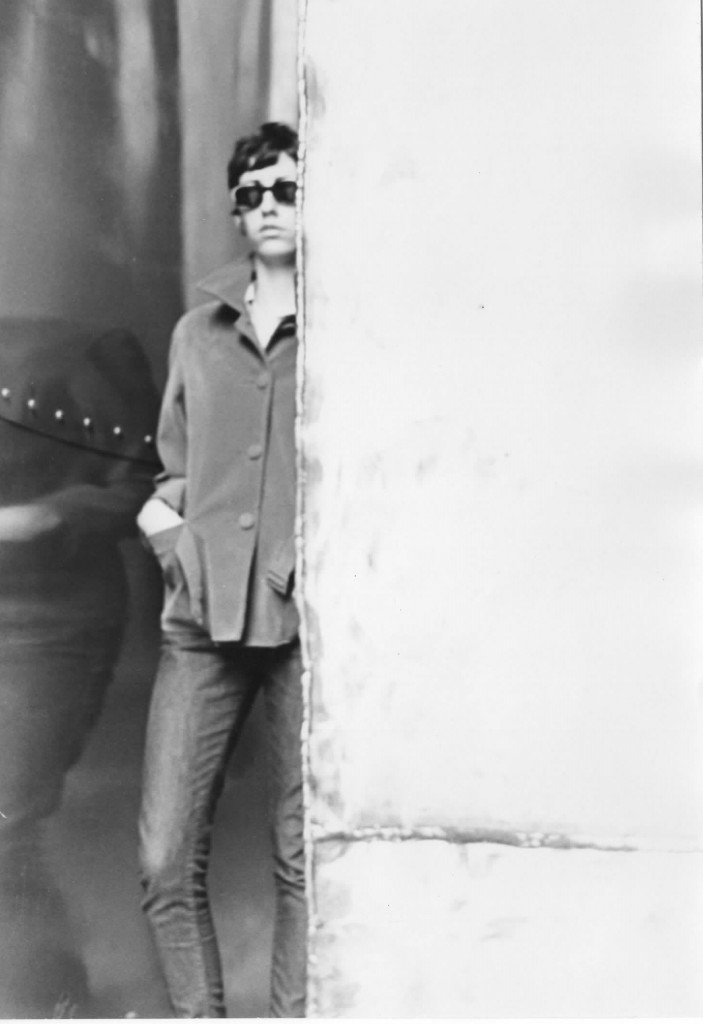
How I Came to Write ‘Geezer Dyke’
Becky Thacker
A port stop during a cruise disembarked us in Mexico, facing a row of tour vans and buses. Most of these were staffed by sign-wielding native folks with weary, worldly-wise faces; obviously they did this job for the living it provided and not because they found it fun. One of the tour guides was a lesbian, white-skinned, aging none too gracefully, and it was evident from her accent that she’d begun life as a North American Midwesterner. She looked and clearly felt, however, more akin to her brown-skinned career associates than to the flocks of North American tourists who surrounded her. We wondered what, or who, had led her to this path. And of course, romantics that we are, we wondered whom she went home to when her day of tourist-wrangling was over.
DRAG NOIR: Out this Halloween!


